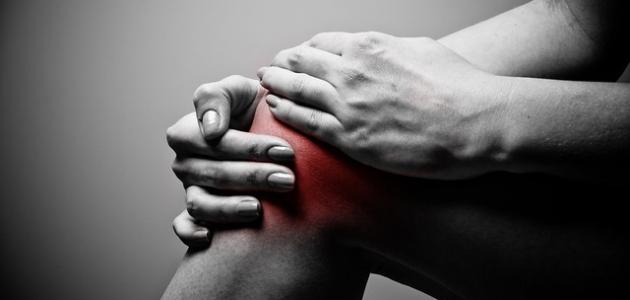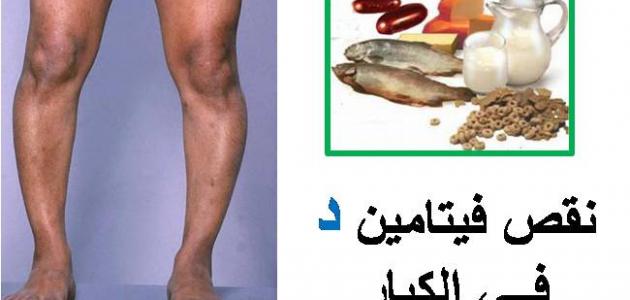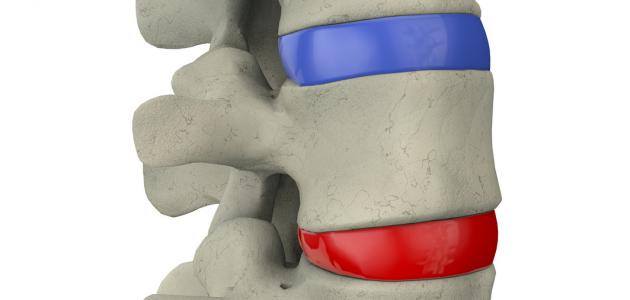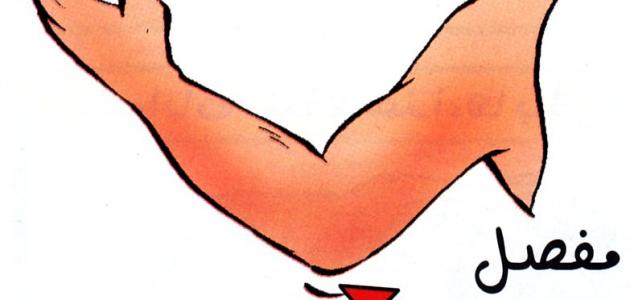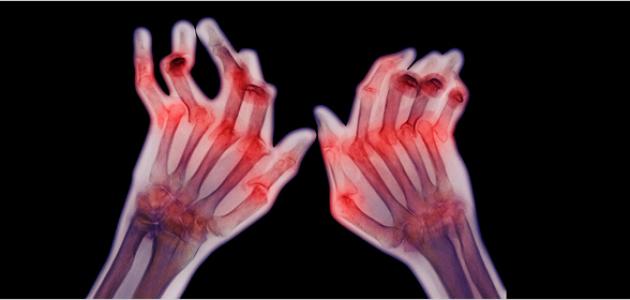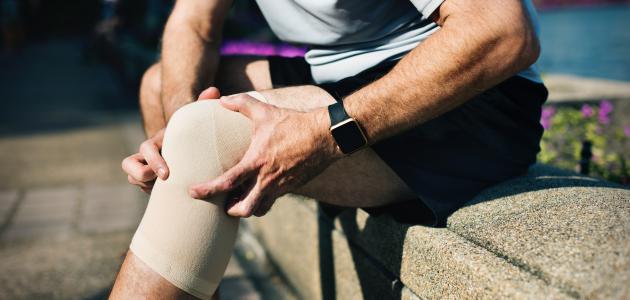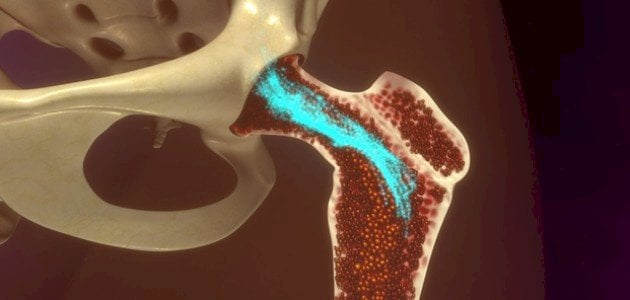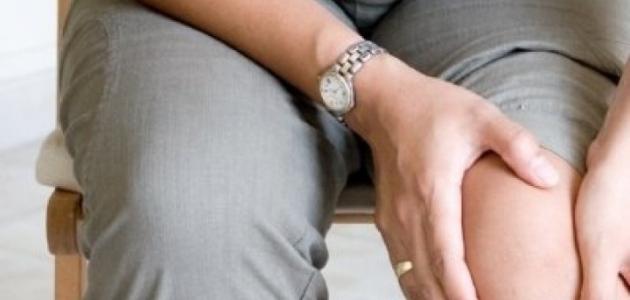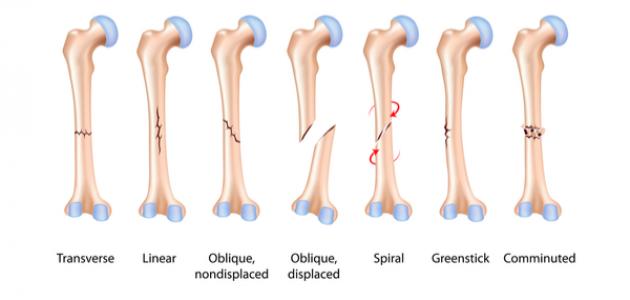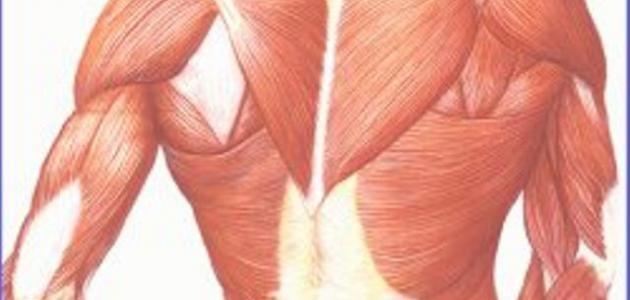Knee tendinitis
There is a type of tendon in the knee known as the patellar tendon (in English: Patella tendon). This tendon is made up of strong and durable tissue, and it is the tendon responsible for connecting the muscles and bones in the knee area. However, in some cases this tendon is exposed to inflammation as a result of its influence. With additional pressure, this leads to the problem of patellar tendonitis, known as inflammation of the knee tendons, which requires the injured person to resort to rest to allow the tendon to recover.
Symptoms of hamstring tendonitis
There are a group of symptoms that may be associated with knee tendinitis, including the following:
- Feeling pain when straightening or bending the leg.
- Feeling pain and increased sensitivity of the area surrounding the affected patellar tendon.
- A feeling of tenderness or discomfort that is concentrated in the back area of the lower part of the kneecap.
- Notice the swelling of the affected area.
- Feeling pain while walking, running, or jumping.
Risk factors for hamstring tendonitis
Some of the factors that may contribute to an increased risk of hamstring tendinitis can be mentioned as follows:
- Muscle imbalance; Increasing the strength of some muscles in one leg compared to other muscles may lead to increased tension of this muscle on the patellar tendon and inflammation.
- physical activity; Running and jumping increase the risk of hamstring tendonitis.
- Chronic diseases, such as: autoimmune diseases and kidney failure, which may result in obstruction of blood flow to the knee.
- The leg muscles are exposed to tension, which in turn may increase the amount of pressure affecting the patellar tendon.
Read also:What are the symptoms of gout?
Preventing hamstring tendonitis
There are a number of methods that are recommended to be followed; In order to prevent knee tendonitis if you practice sports that require jumping or landing hard on your legs, these tips include:
- Make sure to wear knee braces when exercising.
- Do warm-up and stretching exercises before starting to exercise.
- Avoid jumping or landing on hard surfaces.
- Calm down and do stretching exercises after completing the exercise.
- Doing exercises that may contribute to strengthening the leg muscles and supporting the knee.
